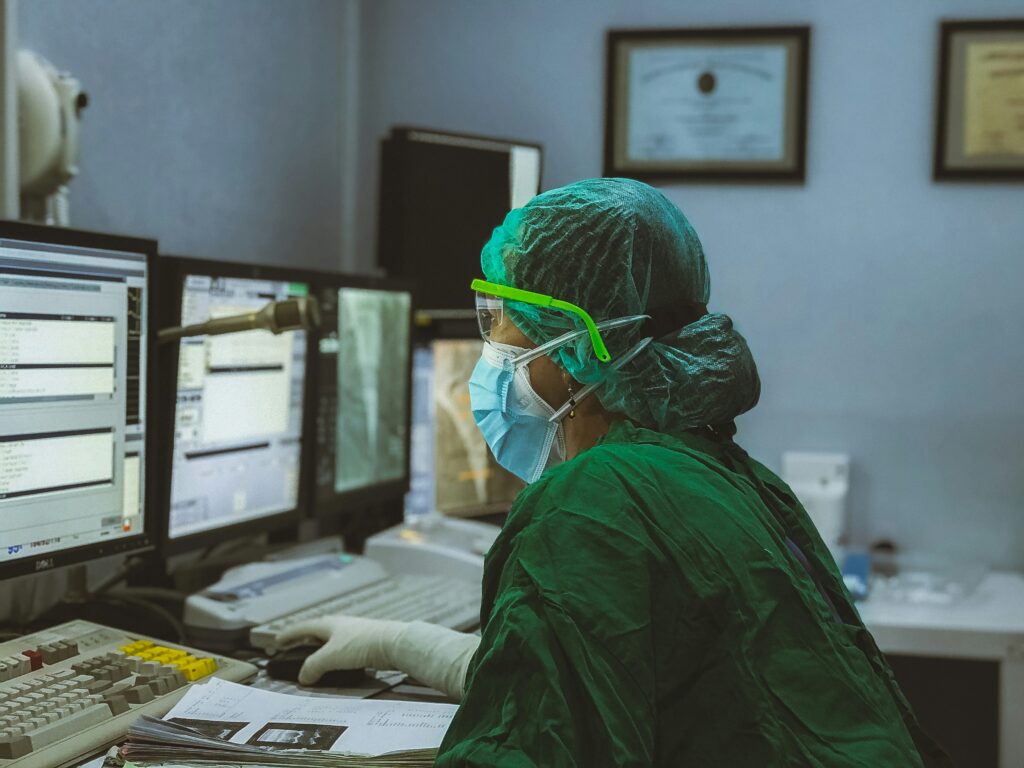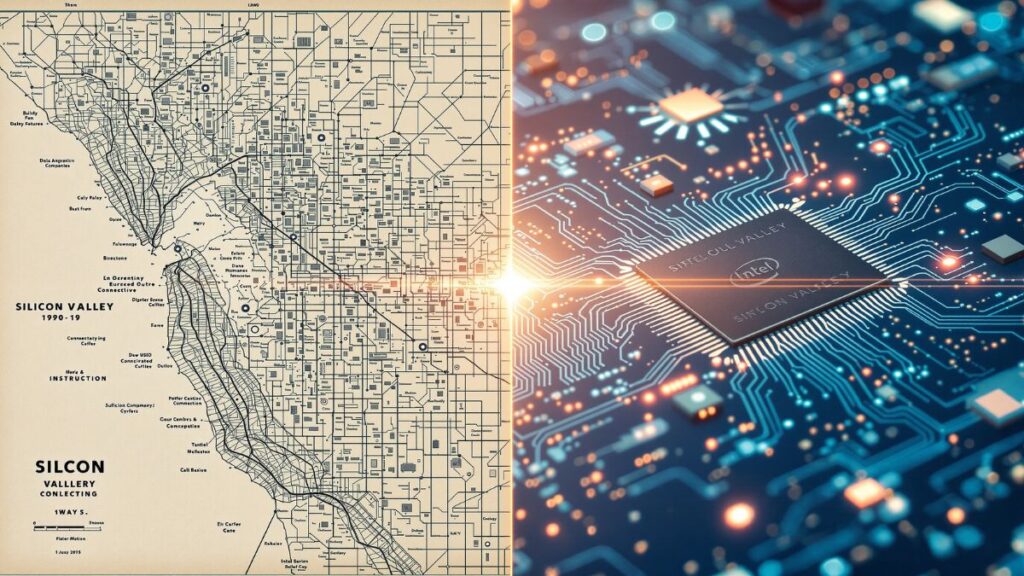Modern healthcare has transformed from a system of paper charts and manual tasks into a technological marvel. Smart tools now handle everything from patient scheduling to resource management, creating a blueprint for operational excellence that businesses in every sector can follow.
Medical centers developed these solutions through practical necessity, turning daily challenges into opportunities for innovation. Their success with automated scheduling, integrated data systems, and streamlined communication offers tested approaches that translate smoothly across industries, from manufacturing floors to retail stores to corporate offices.
Technological Innovations in Healthcare
Medical centers worldwide run on marvelous new technology that makes split-second decisions and tracks millions of data points. Basic tasks like scheduling appointments or updating patient records once consumed hours of staff time and created bottlenecks throughout medical facilities. Smart technology now handles these routine tasks automatically, freeing medical staff to focus on patient care.
Medical databases track and organize information across departments, eliminating duplicate work and reducing errors. Software picks up patterns humans might miss, catching potential mistakes before they happen. These systems work together, creating a seamless flow of information from admission to discharge.
Automation and AI Solutions
Modern scheduling systems now function as skilled coordinators, seamlessly managing the complexities of medical care. For instance, when a patient requires an MRI, these systems match the patient with an available machine and ensure that trained staff are present to operate it. They adapt dynamically to urgent cases, sending instant updates to relevant parties to prevent care bottlenecks and maintain efficiency.
Behind the scenes, AI-powered tools act much like experienced triage nurses, scanning incoming messages and categorizing them by urgency. Continually learning to recognize symptoms that demand immediate attention, these systems ensure critical information reaches the appropriate medical teams without delays, streamlining workflows and enhancing patient care in ways that redefine how healthcare workforces operate.
Digital Health
Imagine a medical chart that travels instantly to any screen in the hospital, always showing the latest updates. There’s no more decoding handwritten notes or searching through stacks of paper files; all practitioners need to do is check a patient’s chart. Safety features built into the system act like vigilant guardians, checking every medication order against known risks and flagging potential problems before they reach patients.
Virtual medical visits bring care directly to patients through secure online connections, making healthcare possible for those who live far from medical centers. Patients now manage many aspects of their care through secure online portals, checking lab results or requesting medication refills without phone calls or office visits.
Streamlining Workflows Beyond Healthcare
Technology streamlining workflows in healthcare has helped pave the way forward for other industries seeking better results. By studying healthcare’s digital transformation, businesses gain practical methods to speed up their own progress. Medical facilities blazed this trail through pressing needs, creating solutions that serendipitously solve universal business challenges.
No industry stands alone in facing workflow challenges that drain resources and slow progress. Through decades of refinement, healthcare has built solutions that transfer smoothly to other fields. Banking, retail, manufacturing, and service industries all benefit from these battle-tested approaches.
Adaptable Tech Solutions
The success of technology in optimizing healthcare workflows serves as a model for industries striving for efficiency and improved outcomes. By examining healthcare’s digital transformation, businesses can adopt proven strategies to accelerate their progress. The healthcare sector, driven by necessity, pioneered solutions that address universal operational challenges.
Workflow inefficiencies are not unique to healthcare; industries like banking, retail, manufacturing, and service sectors face similar obstacles. The hard-won advancements in healthcare provide adaptable frameworks that streamline processes, conserve resources, and boost productivity across various fields.
Operational Overhaul
In healthcare, medical databases craft a cohesive narrative from disparate data points — vital signs, medication lists, test results — giving care teams a comprehensive view of patient care. This reduces time spent searching for information and enhances decision-making efficiency.
Such solutions translate seamlessly into other industries. Emergency rooms, for example, maintain readiness by dynamically managing staff levels, tracking supplies, and ensuring resources are always available. This same approach can optimize logistics, workforce allocation, and inventory in diverse business environments.
Building Future-Ready Systems
Healthcare’s greatest advancements often emerge from seamlessly connecting various technologies. Imagine a medical center where lab results instantly reach doctors, prescriptions automatically sync with pharmacy systems, and supply orders initiate the moment inventory dips. These interconnected systems optimize workflows and ensure no detail slips through the cracks.
Incremental progress drives transformative change in healthcare. Innovations in one department inspire improvements across others. Digital medical records, for instance, began as straightforward files but evolved into comprehensive care platforms as staff uncovered new possibilities. These systems save time and enhance safety by identifying issues early and promoting smarter collaboration.
Integration Strategies
Effective integration hinges on systems designed with data sharing in mind. When a patient transitions from emergency care to a hospital room, their information seamlessly updates across all necessary platforms. These smooth data flows result from strategic planning that prioritizes interconnectedness over departmental isolation.
Security underpins every technological decision in healthcare. Robust multi-layered protections safeguard sensitive data while ensuring authorized personnel can access critical information instantly. Tools like voice biometrics beef up vulnerable authentication processes, offering both security and convenience in environments where time is critical. Regular updates address vulnerabilities, and audit trails meticulously document interactions, balancing efficiency with patient privacy and safety.
Implementation Frameworks
Good technology grows better when the people using it have a say in how it works. A scheduling system might look perfect on paper, but a nurse spots ways to make it work better during busy shifts. Medical staff spot these real-world fixes before new tools go live, saving time and preventing headaches down the road.
Watch a new system closely as it rolls out and small issues surface quickly — a prescription system might need tweaks to its alert timing, or a supply tracking tool might require adjustments to its reorder points. Thankfully, quick fixes keep these minor snags from tangling up the whole system. Getting feedback straight from the people who use these tools daily keeps improvements on track and focused on what matters.
Final Thoughts
The advancements in healthcare technology have created a blueprint for smarter operations across industries. Solutions forged in response to everyday challenges now fuel efficiency in retail, banking, manufacturing, and beyond. Organizations can achieve meaningful, lasting improvements that drive progress across diverse fields by starting small, testing rigorously, and scaling intelligently.




Comments are closed.